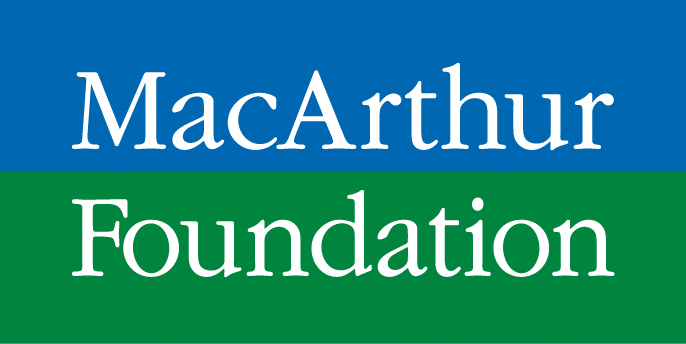Which way, no way

William Martin

Enrique Unzueta
- Feb 28, 2022
At the beginning of the pandemic, countries like Spain and Portugal released the undocumented migrants they had under they care to avoid outbreaks of COVID-19 among immigrants. The United States did the opposite, and the detainees suffered the consequences.
Celeste and Maria, two undocumented women, survived both COVID-19 and human rights abuses while detained at Otay Mesa ICE detention center in California. GroundTruth Global Migration fellows William Martin and Enrique Unzueta followed her story throughout detention as they examined the failings of the U.S. immigration system.
The documentary begins with the public outcry over the 21 asylum seekers who died due to COVID-19 or medical negligence while detained in US Immigration and Customs Enforcement (ICE) facilities during 2020. At the onset of the pandemic, Celeste describes her plea for masks, hand sanitizer, and social distancing while detained. Guards refuse to give masks initially and Celeste then participates in a hunger strike, which results in threats and pepper spray. Celeste then contracts COVID-19 and is not initially quarantined. She also is not treated by doctors during her sickness.
After their tentative release from detention on bond, Celeste and Maria rejoin their families in the U.S. but must now grapple with their ongoing asylum cases and the possibility of being deported. Maria continues to call her friends inside Otay Mesa Detention Center via a video link service. One friend reports new outbreaks within the facilities and continual sickness.
The Trump administration undertook more than 400 executive actions to slow the flow of immigration since 2016. President Biden ran on the promise of reversing these policies and resuming the flow of immigration. But since taking office, the Biden Administration has allowed many of the systems used to slow immigration to remain. Meanwhile, the U.S. is facing the most extreme backlog ever experienced in immigration court cases—and the highest number of asylum seekers trying to enter the U.S. The film concludes with the uncertainty of Maria and Celeste’s court cases; it could take a year or more before a judge determines if Celeste is eligible for “Withholding of Removal”—which doesn’t grant her citizenship but allows her to remain in the U.S. The final takeaway of the documentary is that the U.S. immigration system is deeply broken and needs to be urgently fixed.
Our supporters for this project




